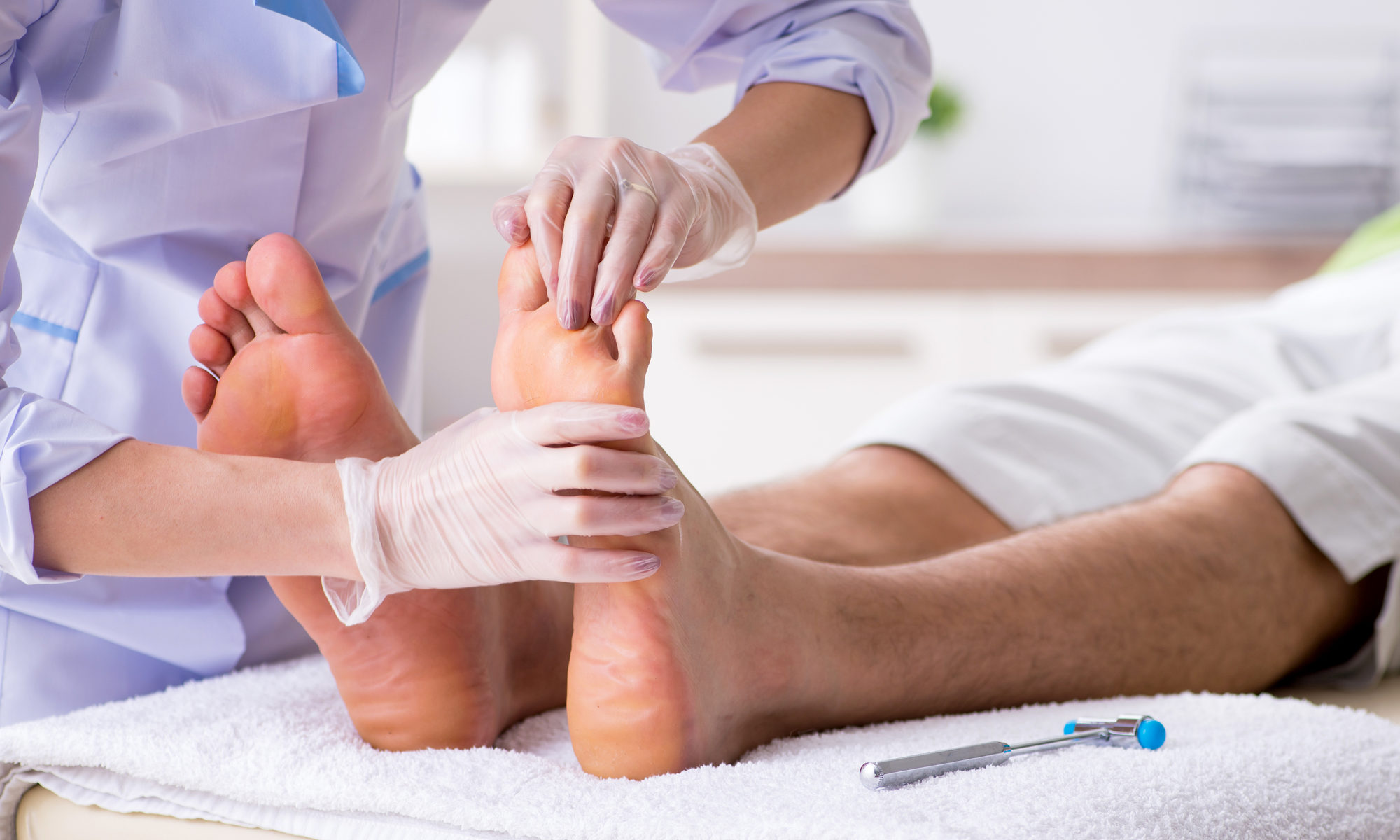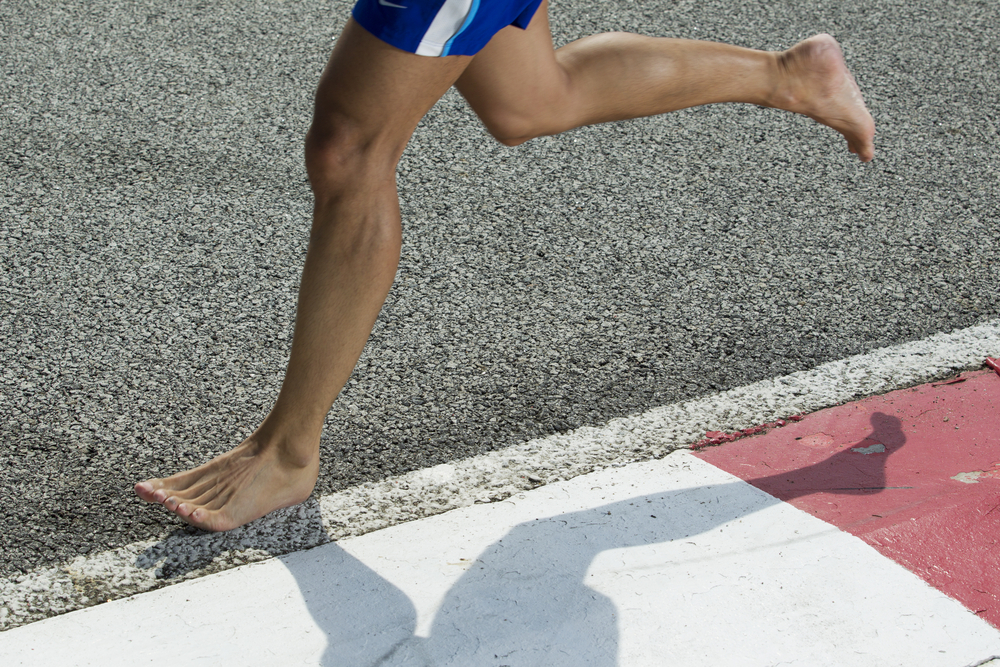Press Release:
PHILADELPHIA – Running is one of the most popular forms of exercise, enjoyed by a broad range of age groups and skill levels. More women are running recreationally compared to men; specifically 54% of runners are female as indicated by a 2018 National Runner Survey. Women, however, are at least twice as likely as men to develop stress fractures, an injury that impacts around 20% of runners. However, information is still lacking on how to best prevent and treat stress fractures in women. New pilot research from Jefferson suggests physiological factors that could be included in routine screening for stress fracture risk, as well as changes in training approach to aid in prevention.
The researchers examined physiological differences that might contribute to increased risk of stress fractures in a study published in Sports Healthand also surveyed women’s perception of risk and behaviors that contribute to stress fractures in a separate study published in Physical Therapy in Sport.
“Most of the literature focuses on elite runners or athletes,” says Therese Johnston, PT, PhD, MBA, Professor in the Department of Physical Therapy and first author of both studies. “It was important for us to capture the regular or average female runner in these studies, and the main goal was to see how we can prevent a first or subsequent fracture.”
Both studies surveyed the same group of 40 female recreational runners, age 18-65 years. 20 women had a history of running-related stress fractures, and they were matched according to age and running abilities with 20 women with no history of stress fractures. The two studies aimed to assess what contributed to risk of stress fractures, from the physiological, such as – bone structure and density, muscle mass, hormonal status, to ones influenced by training routine, such as training intensity, nutrition, insufficient strengthening, and ignoring pain.
“This mixed methods approach provides a richer context and a more detailed picture of the practices and risks that contribute to stress fractures in every-day women runners,” says Jeremy Close, MD, associate professor in family and sports medicine and one of the lead authors on the research. “It also tells us how perceived risk informs physiological risk.”
For the study focused on physiological factors, the subjects underwent a comprehensive blood panel that examined levels of hormones like estradiol and testosterone, vitamins and minerals important for bone health such as vitamin D and calcium, and bone markers. They also underwent dual energy x-ray absorptiometry (DXA) to test for bone mineral density. The researchers found that while there was no difference in estradiol hormone levels between the two groups, women who had a stress fracture history reported menstrual changes or irregular periods as a result of their training, or during peak training times. The blood panel also examined markers for bone formation and resorption, and pointed to increased bone turnover in the group of women with stress fractures. They also found through the DXA testing that women with a history of stress fractures had lower hip bone mineral density compared to women with no history of stress fractures, indicating decreased bone strength that could increase risk of injury.
“DXA for bone density and blood testing for bone markers are not routinely performed in this population – they are usually reserved for post-menopausal women – so we may be missing important clinical indicators for stress fractures in these women,” says Dr. Johnston. “While the link between menstrual changes and bone strength is unclear, our findings also indicate that asking female runners about any menstrual irregularities during heavier training times is important during routine screening.”
For the study investigating women’s self-perception of risk, interviews were conducted with the goals of finding out which factors women thought were associated with stress fractures or maintaining bone health while running. Several themes emerged from these interviews. Specifically, compared to women without stress fractures, women with histories of stress fractures had increased their training load more quickly. Also, while they knew of the importance of nutrition and strengthening exercises, women with a history of stress fracture more often reported not having or making the time for a balanced diet and proper cross-training to complement their running regimen.
Finally, women in this group reported pushing through the pain and running despite an injury more often than those without stress fracture. “In the interviews, it sounded like these women had trouble knowing which pain was normal, and which pain was abnormal. They also reported not always receiving appropriate guidance from healthcare providers on how to progress running safely,” says Dr. Johnston.
“It is clear that there needs to be more guidance from healthcare providers for woman runners on how to prevent stress fractures” says Dr. Close. “It can be very frustrating for these women who are on a path to wellness, but are impeded by an injury that can take several months to heal. If they don’t have the proper guidance on how to return to running safely, they risk a second injury.”
“We hope that our findings will encourage more thorough and routine screening in women runners for bone density and strength,” says Dr. Johnston, “as well as a comprehensive education plan on how to balance running with cross-training, and how to interpret pain cues from the body, to help women differentiate between normal aches and pains and indicators of a serious injury.”
Dr. Johnston plans to continue this research by studying women with acute stress fractures as they start running again, in order to identify factors related to successful or unsuccessful return to running following a stress fracture. The study will include Dr. Close as well as Marc Harwood, MD, service chief in the department of non-operative sports medicine at Rothman Orthopaedic Institute.
The work was funded by the Thomas Jefferson University Office of the Provost. The authors report no conflict of interest


